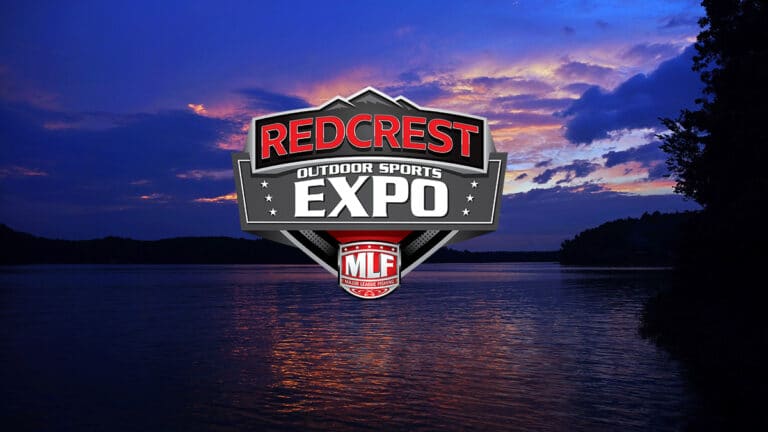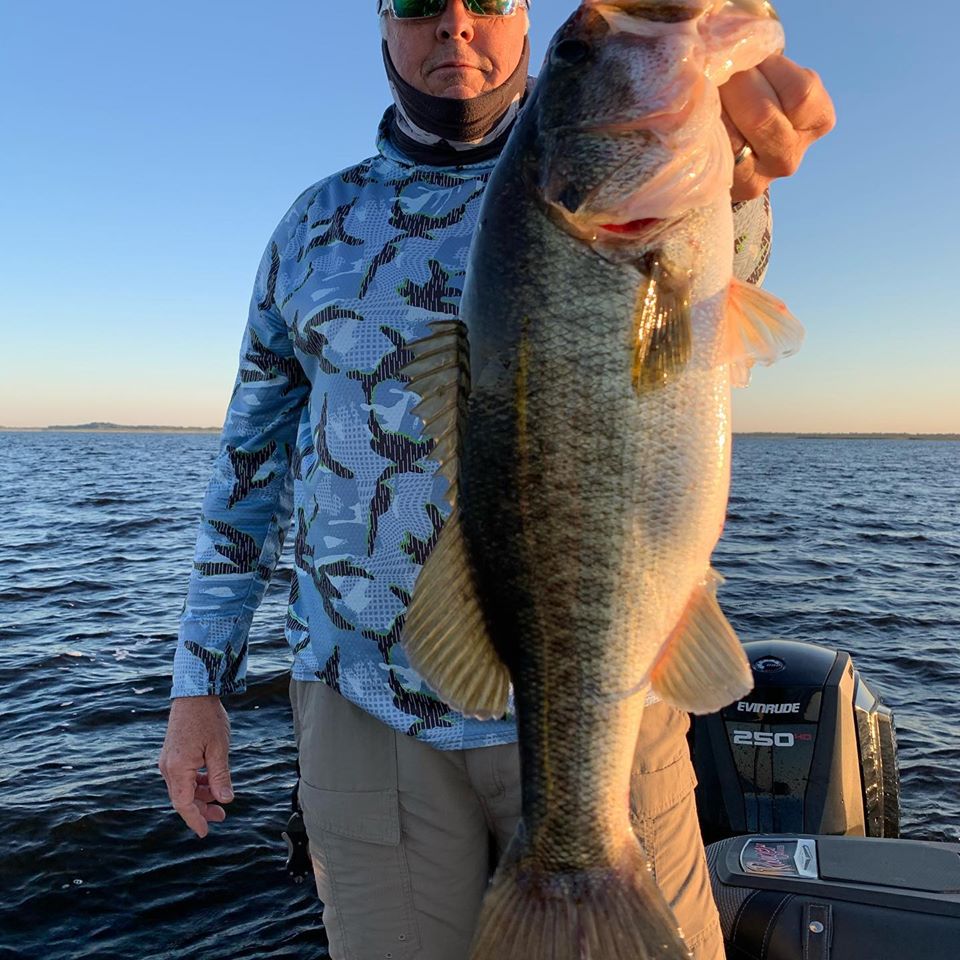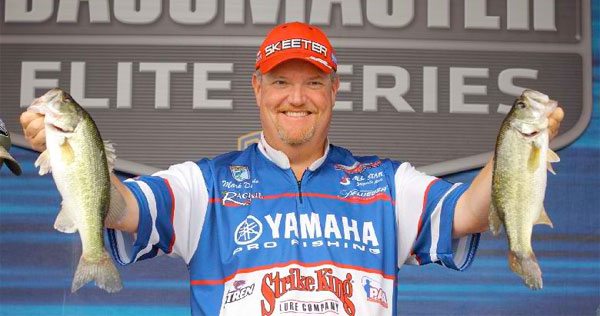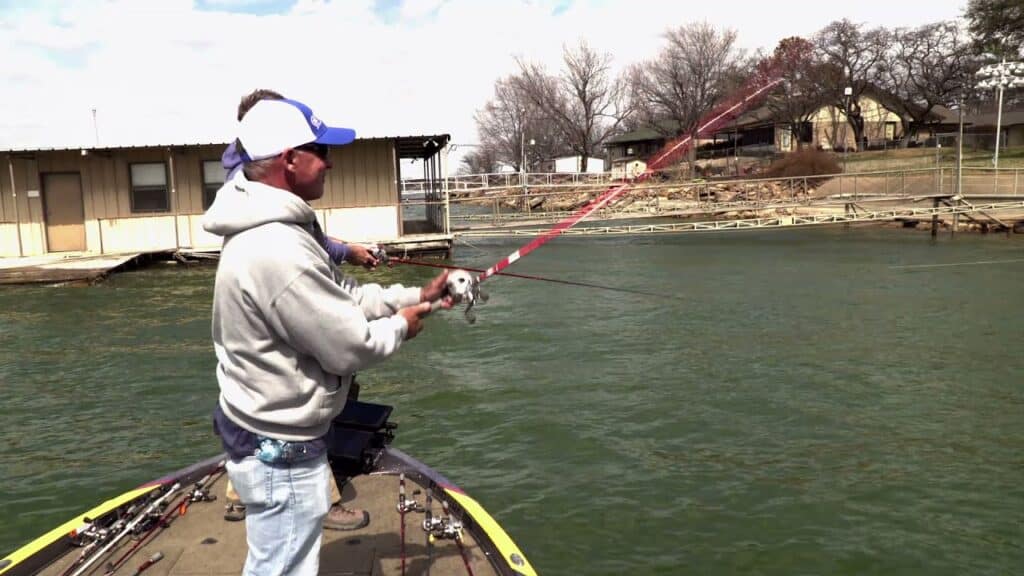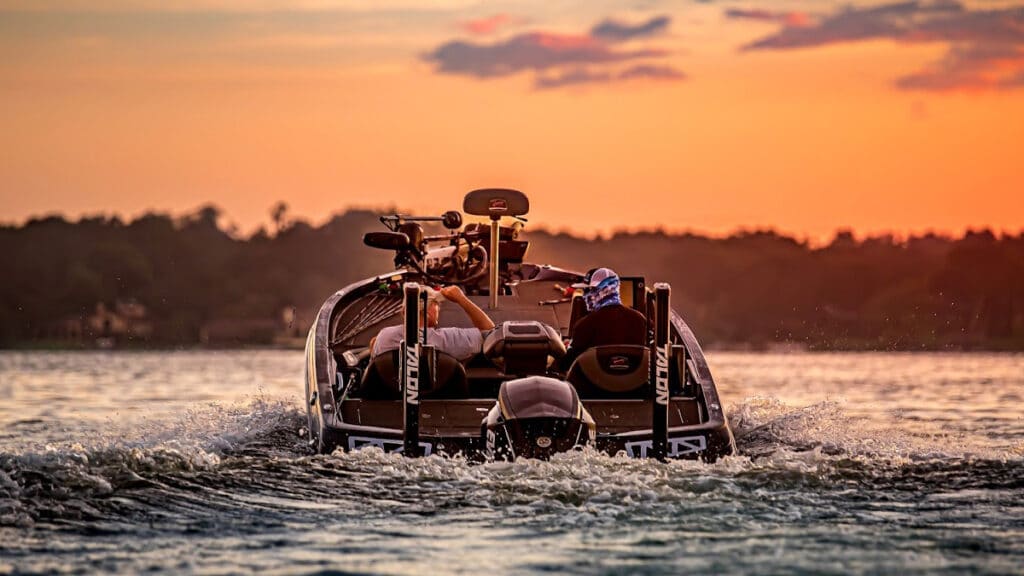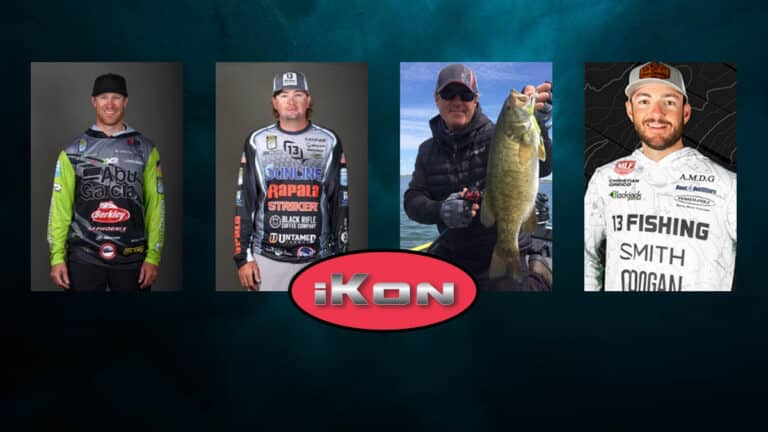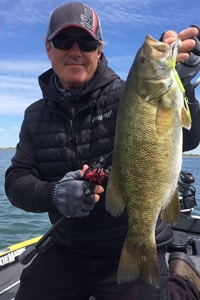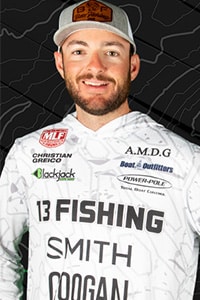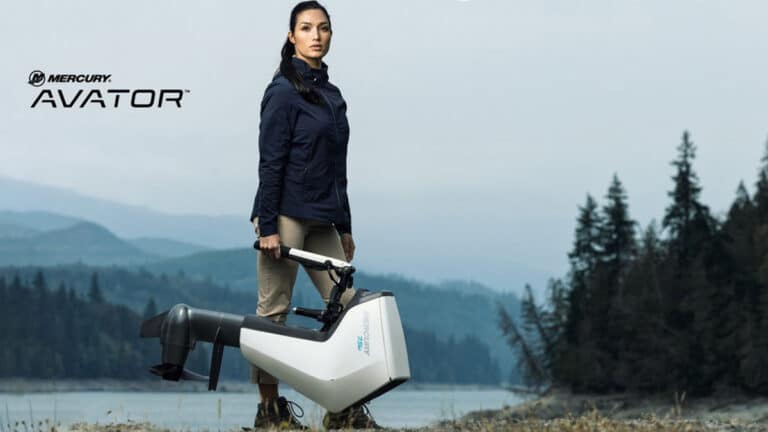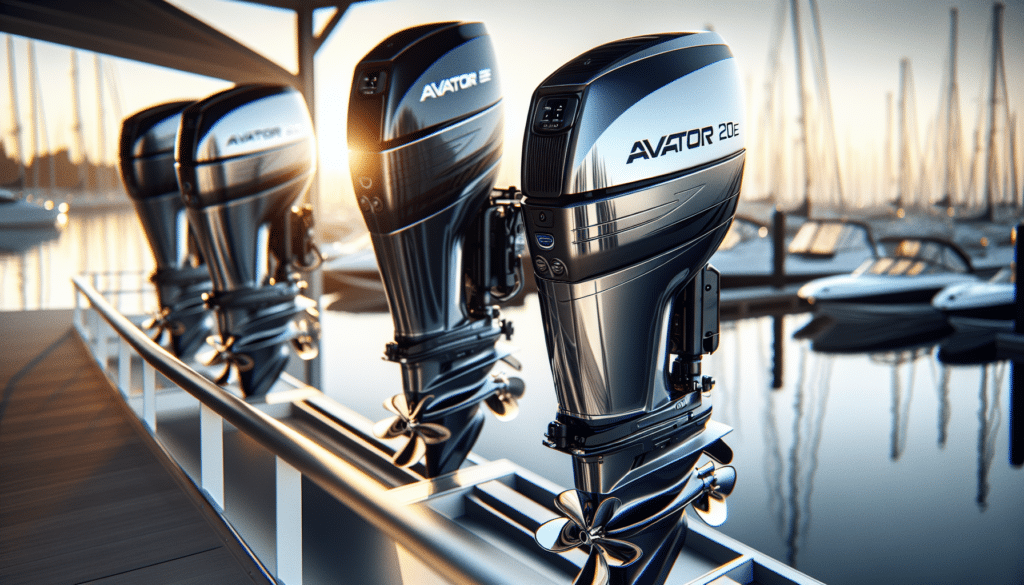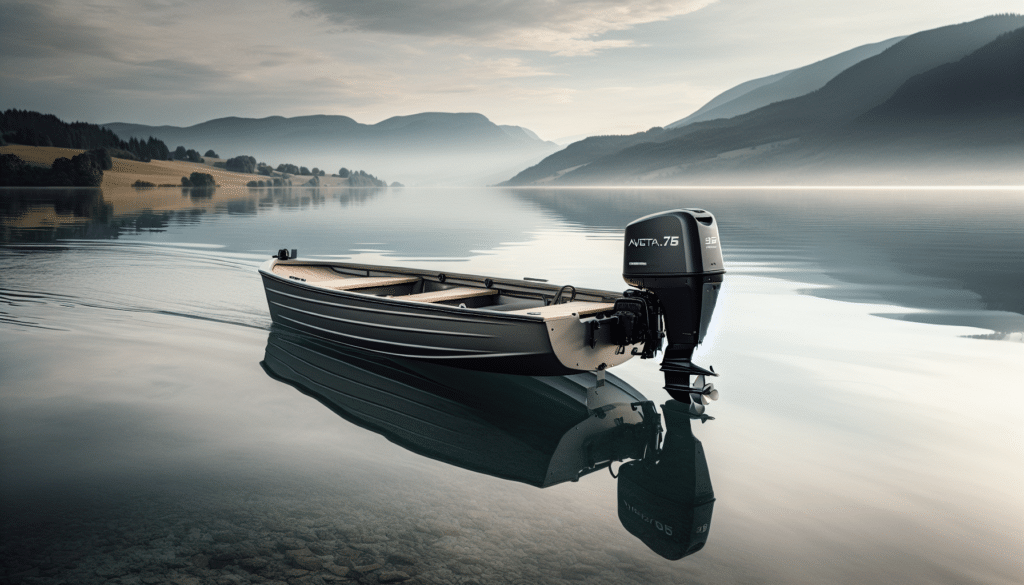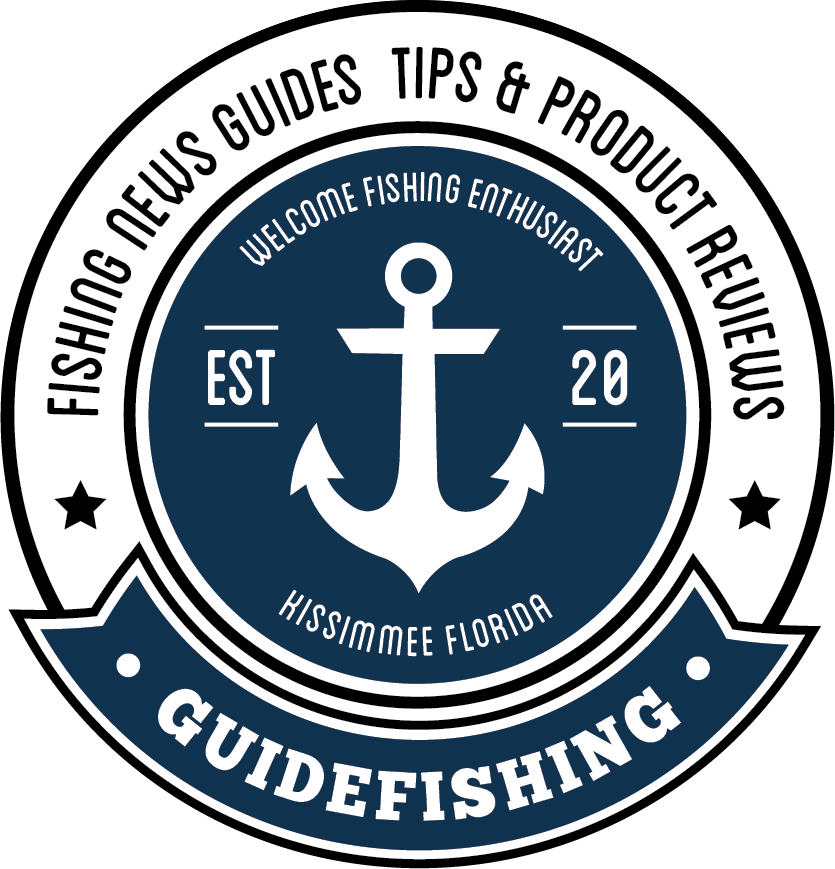Curious about Bass Pro Shops REDCREST 2024 Presented by OPTIMA Lithium? Set for March 13-17 at Alabama’s Lay Lake, this event pits elite anglers against each other in a thrilling catch-and-release format. Join the excitement, explore the expo, and follow live as champions cast their lines for glory.
Take Off: Lay Lake Beeswax Landing 245 Beeswax Park Road Columbiana, AL 35051
Weigh In:
Expo Location (free): BIRMINGHAM JEFFERSON CONVENTION COMPLEX
REDCREST 2024 Summary
- REDCREST 2024, taking place at Lay Lake, Birmingham, Alabama from March 13-17, features a catch-weigh-immediate-release format that provides continuous live-action scoring for professional anglers, ensuring an engaging and suspenseful event.
- The competition begins with Qualifying Rounds on March 14-15, with 50 anglers each day competing to make the top 20 based on combined weight, followed by a Knockout Round on March 16, culminating in a Championship Round on March 17 where the top 10 anglers vie for the title.
- Accompanying the tournament is the REDCREST Outdoor Sports Expo, a free event from March 15-17 at the Birmingham Jefferson Convention Complex, featuring hundreds of exhibitors, seminars, and interactive activities for all ages, including a Kids Zone with characters from PAW Patrol.
REDCREST 2024 Overview

Mark your calendars for March 13 to 17, 2024, when Lay Lake, Birmingham, Alabama, will come alive with the spectacle of REDCREST 2024. This premier event not only showcases the best in bass fishing but also includes the REDCREST Outdoor Sports Expo, offering fishing and outdoor enthusiasts an immersive experience like no other.
REDCREST 2024 Format and Schedule
REDCREST 2024, unlike any other tournament, follows a unique format known as Major League Fishing (MLF) catch-weigh-immediate-release live scoring, making it a thrilling professional bass fishing event. The competition is heated as the minimum scorable weight for bass is set at 2 pounds.
This groundbreaking approach keeps the excitement going throughout the tournament, ensuring a non-stop flow of action and suspense.
Qualifying Rounds
The heart-pounding action kicks off with the Qualifying Rounds spread across two days, March 14 and 15, 2024. Each day sees 50 top-notch anglers competing fiercely, casting their lines with precision and skill.
The qualification doesn’t solely depend on the number of fish caught; rather, the combined weight of the catches over the two-day period determines the qualifiers. The 20 anglers with the heaviest combined weight earn their place in the thrilling Knockout Round.
Knockout Round
As the sun rises on March 16, the atmosphere intensifies. It’s the Knockout Round. The stakes are high, and the weights from previous rounds are reset to zero, leveling the playing field.
Anglers face a formidable challenge as anglers compete, testing their skill and endurance in the quest for a spot among the top 10. Those fortunate and skillful enough to secure a position advance to the grand finale, the Championship Round.
Championship Round
March 17 heralds the climax of REDCREST 2024 – the Championship Round, where the top 10 anglers from the Knockout Round compete for glory. With the weights reset once more, the angler with the heaviest cumulative weight for the day emerges as the winner in this clean slate scenario.
Success hinges on adapting to ever-changing water conditions on this decisive day. The angler achieving the highest one-day total weight enjoys a moment of supreme victory, crowned as the REDCREST Champion and lifting the coveted REDCREST Championship trophy.
REDCREST Outdoor Sports Expo

For fishing and outdoor enthusiasts who crave more than just the thrill of the tournament, the REDCREST Outdoor Sports Expo held from March 15 to 17, 2024, is the place to be. This grand exhibition, with free admission, is a paradise for adventure seekers, offering a glimpse into the world of fishing and outdoor sports at the Birmingham Jefferson Convention Complex.
The Expo features:
- Hundreds of exhibitors showcasing the latest tackle, gear innovations, boats, and outdoor equipment
- Special events, seminars, and activities for all ages
- A Kids Zone with popular characters like Skye and Marshall from PAW Patrol
- On both Saturday and Sunday, the first 200 children aged 14 and under will receive a complimentary Shakespeare rod and reel.
Top Bass Pro Tour Anglers to Watch
As the pinnacle of competitive fishing, REDCREST 2024 will see top-tier competition as anglers vie for the prestigious REDCREST Championship trophy and a $300,000 top prize.
The following anglers will be competing in REDCREST 2024:
- Adrian Avena – Vineland, NJ
- Matt Becker – Ten Mile, TN
- Josh Butler – Hayden, AL
- Dustin Connell – Clanton, AL
- John Cox – Debary, FL
- Mark Daniels Jr. – Tuskegee, AL
- Ott DeFoe – Blaine, TN
- David Dudley – Lynchburg, VA
- Dakota Ebare – Brookeland, TX
- Brent Ehrler – Redlands, CA
- Edwin Evers – Talala, OK
- Todd Faircloth – Jasper, TX
- Cole Floyd – Leesburg, OH
- Anthony Gagliardi – Prosperity, SC
- Nick Hatfield – Greeneville, TN
- Dylan Hays – Hot Springs, AR
- Dalton Head – Moody, AL
- John Hunter – Shelbyville, KY
- Alton Jones – Lorena, TX
- Alton Jones Jr. – Waco, TX
- Kelly Jordon – Flint, TX
- Chris Lane – Guntersville, AL
- Jeremy Lawyer – Sarcoxie, MO
- Nick LeBrun – Bossier City, LA
- Jordan Lee – Cullman, AL
- Justin Lucas – Guntersville, AL
- Cody Meyer – Star, ID
- Andy Montgomery – Blacksburg, SC
- Andy Morgan – Dayton, TN
- Chad Mrazek – Montgomery, TX
- Michael Neal – Dayton, TN
- Ron Nelson – Berrien Springs, MI
- Takahiro Omori – Tokyo, Japan
- Cliff Pace – Petal, MS
- Keith Poche – Pike Road, AL
- Mark Rose – Wynne, AR
- Bradley Roy – Lancaster, KY
- Ryan Salzman – Huntsville, AL
- Spencer Shuffield – Hot Springs, AR
- Gerald Spohrer – Gonzales, LA
- Jeff Sprague – Wills Point, TX
- Matthew Stefan – Junction City, WI
- Bryan Thrift – Shelby, NC
- Kevin VanDam – Kalamazoo, MI
- Jonathon VanDam – Kalamazoo, MI
- Greg Vinson – Wetumpka, AL
- Emil Wagner – Marietta, GA
- Joshua Weaver – Macon, GA
- Jacob Wheeler – Harrison, TN
- Jesse Wiggins – Addison, AL
For a full list of anglers in the Bass Pro Shops REDCREST 2024 Presented by OPTIMA Lithium check out MLF here
This dynamic mix of seasoned and emerging talent will make for an exciting competition.
The competition in the major bass fishing tournament is further bolstered by the inclusion of 29 bass anglers who have claimed either major circuit Angler of the Year titles or national tour-level championships. New entrants like Phoenix Bass Fishing League All-American winner Emil Wagner and Invitational Angler of the Year Ron Nelson bring diversified accolades to the event, while seasoned pro Anthony Gagliardi, rookie Andy Montgomery, and strong finisher at Toledo Bend, rookie Martin Villa, add depth to the range of competitors to watch.
Spectator Experience and Watch Party
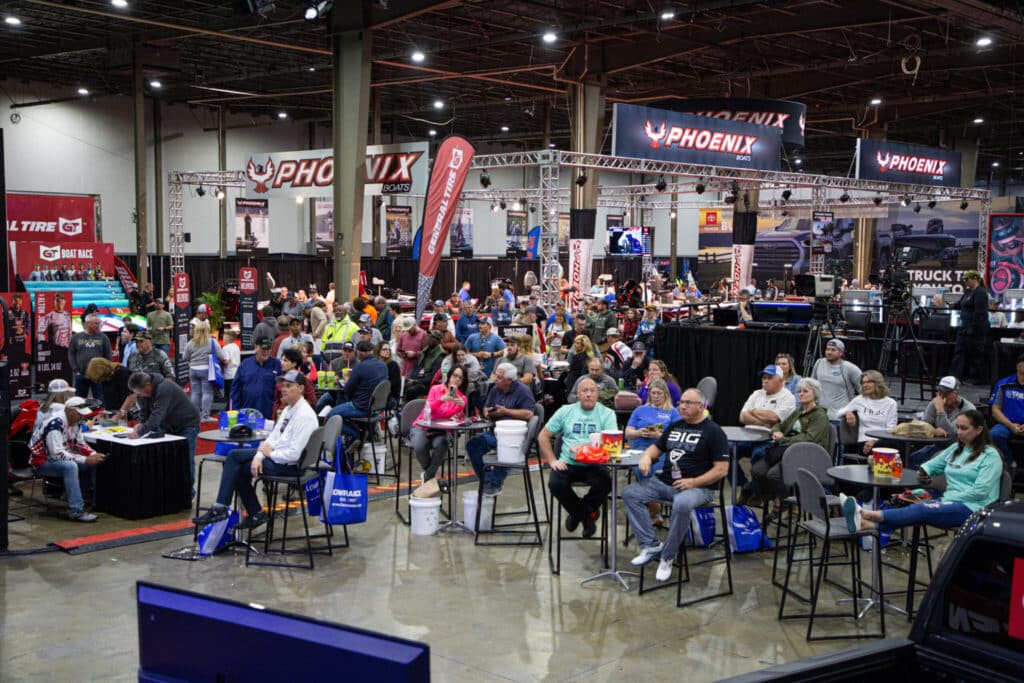
The REDCREST 2024 experience includes:
- Exciting tournament action
- Main Stage featuring a Watch Party with jumbo screens showcasing live fishing action
- Postgame Show with music, giveaways, and the crowning of the REDCREST Champion
- Opportunity to meet Bass Pro Tour anglers, get autographs and photos
- Daily seminars hosted by top pros at the OPTIMA Batteries Stage
The MLF Outdoor Sports Expo, also known as the REDCREST Outdoor Sports Expo, offers a variety of activities for spectators, including:
- Watching the tournament on big screens at the watch party
- Interacting with exhibitors and sponsors
- Checking out the newest tackle, gear, boats, and outdoor equipment
It’s a hub of activity where you can immerse yourself in the crowd experience and explore all things related to outdoor sports.
For families and young spectators, the Expo caters with a dedicated Kids Zone featuring PAW Patrol characters, interactive games, and fishing skill practice opportunities.
Tips for Fishing Enthusiasts Visiting Lay Lake
Lay Lake, the venue for REDCREST 2024, is renowned for its diversity of fishing spots, with over 800 areas encompassing various structures such as artificial and natural reefs, buoys, ledges, and shipwrecks. Popular fishing spots include Bonners Point Boat Ramp, Paint Creek State Ramp, Narrows Boat Launch, Sulfur Springs, The Island Hump, Wallace Vegetation docks, submerged bridges, flooded timber areas, Heron Cove, and the area around HWY 71.
For visiting anglers, GPS coordinates for Lay Lake’s fishing locations are available for download, helping to import prime fishing spot data into handheld or boat GPS units and view them on Google Earth. Custom-designed SD cards are also available, offering detailed information on Lay Lake’s fishing spots, and making navigation to these locations more efficient.
Impact of REDCREST 2024 on Local Economy and Conservation
Hosting REDCREST 2024 is not just about the thrill of competition; it also brings significant economic benefits to Birmingham. The influx of anglers and spectators is anticipated to boost revenues for hotels, restaurants, retailers, and other local services due to increased demand. Major fishing events like REDCREST have historically generated substantial economic contributions and marketing value for host locations.
Moreover, REDCREST collaborates with state and local conservation bodies to prioritize water conditions and healthy fish populations, contributing to sustainable fishing tourism. Large fishing competitions like REDCREST can enhance Birmingham’s reputation as a premier fishing destination through increased national television exposure.
How to Follow REDCREST 2024 Live
For fans unable to attend in person, the on-the-water tournament action of REDCREST 2024 can be followed live through MajorLeagueFishing.com, featuring daily coverage through the MLFNOW! live stream for each day of the event. Continuous updates and coverage, including SCORETRACKER® live scoring, will be available online throughout each day of REDCREST 2024.
Regular updates, photos, and tournament news during REDCREST 2024 will be provided on Major League Fishing’s social media channels like:
- YouTube
The engaging watch party experience for fans following bass fishing action live unfolds thanks to a live scoring format, where anglers catch, weigh, and promptly release the fish.
Summary
REDCREST 2024 is not just a bass fishing championship; it’s an all-encompassing celebration of sport fishing that brings together top anglers, fishing and outdoor enthusiasts, and conservationists. As we look forward to this prestigious event, we anticipate the exciting rounds of competition, the vibrant Outdoor Sports Expo, and the positive impact on Birmingham’s local economy and conservation efforts. Whether you’re an angler, a spectator, or an online follower, REDCREST 2024 promises an unforgettable experience.
Frequently Asked Questions
Where will REDCREST 2024 be?
REDCREST 2024 will be hosted in Birmingham, Alabama, and Lay Lake from March 13-17, 2024. Huntsville, Alabama will host REDCREST 2025.
When was the first MLF REDCREST?
The first MLF REDCREST event was held in La Crosse, Wisconsin from August 19-25, 2019.
What is the REDCREST?
The REDCREST is a fishing competition organized by Major League Fishing, where tour anglers compete for the championship trophy and a $300,000 top prize. The event showcases top bass anglers through televised competitions and live-streamed tournament action.
Who won MLF REDCREST?
Bobby Lane won MLF REDCREST in 2022, with a total prize of $300,000.
When and where is REDCREST 2024 taking place?
REDCREST 2024 is scheduled to take place from March 13 to 17, 2024, and will be hosted at Lay Lake, Birmingham, Alabama.


